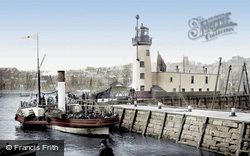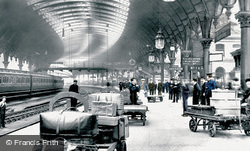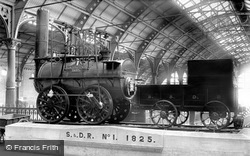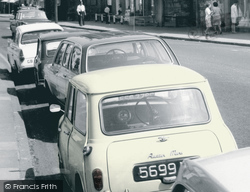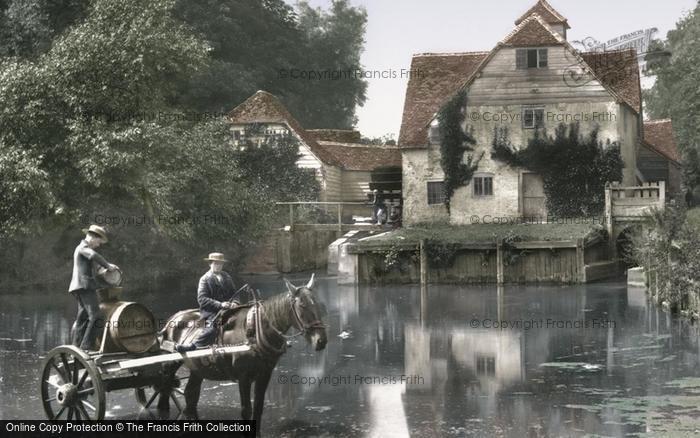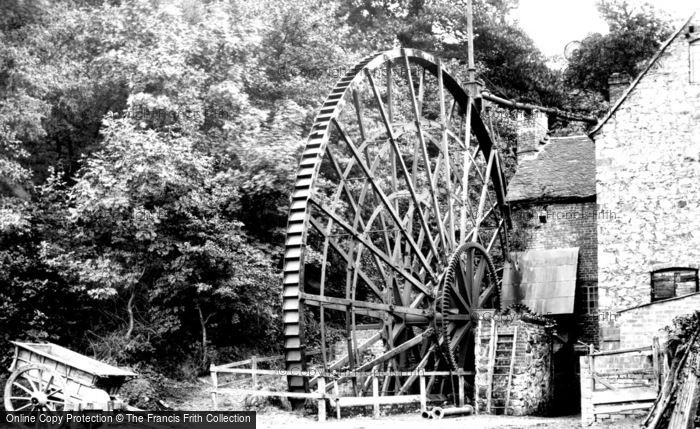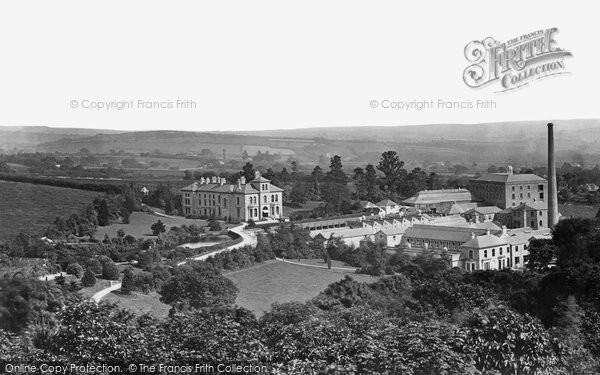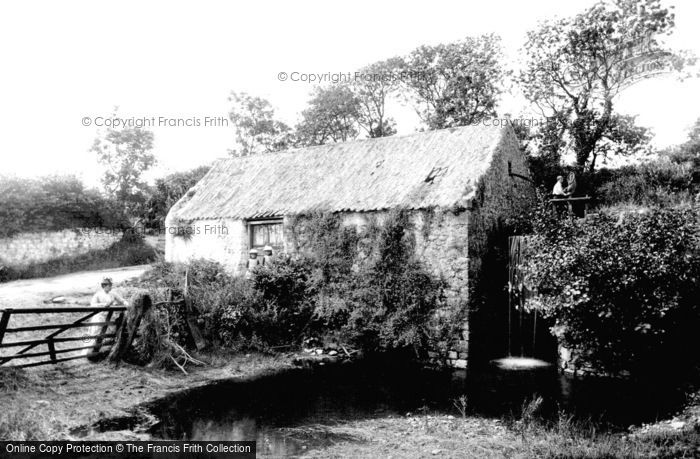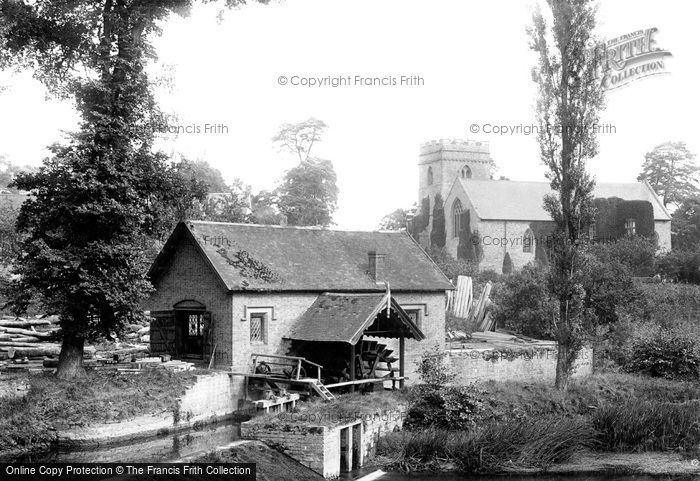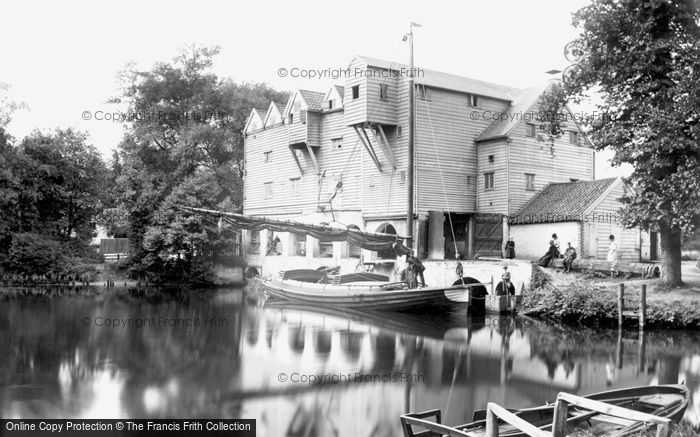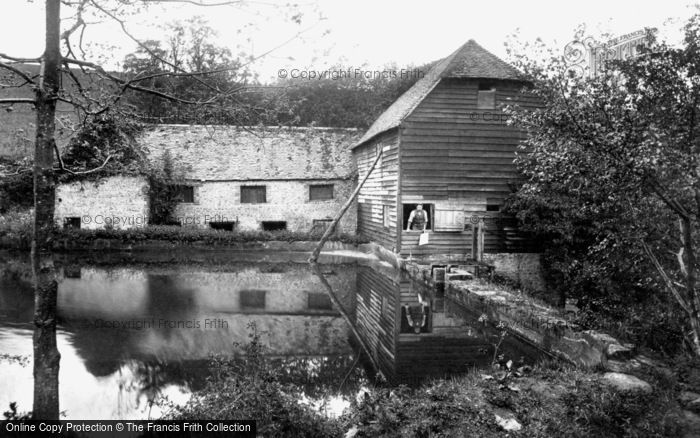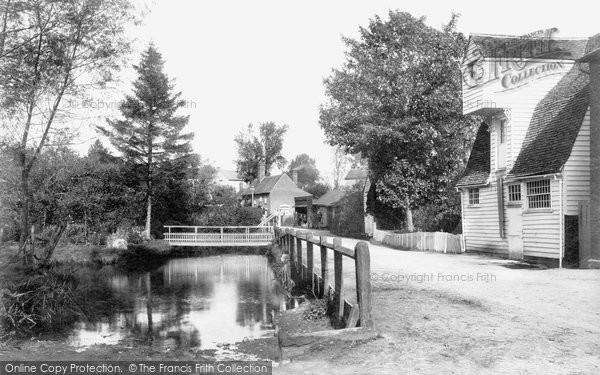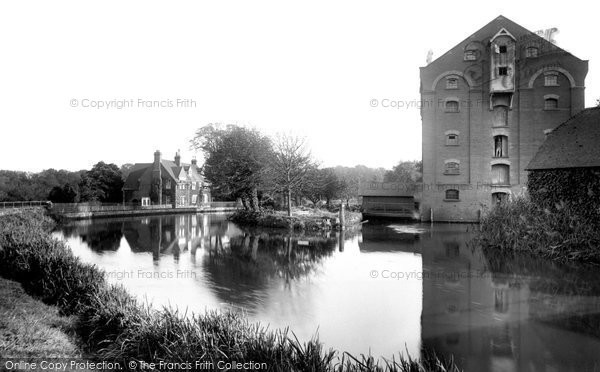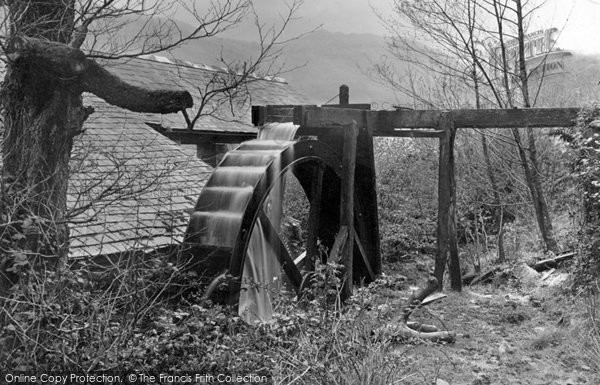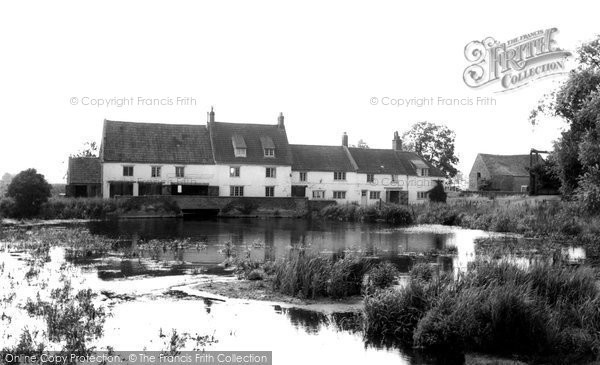Water Mills
Published on
September 19th, 2022
Water is a finite, reliable and potentially very large power source which was widely exploited throughout Britain in the past. The photographs in this feature show a selection of water mills that were used for a variety of purpose and were usually constructed out of local building materials.
The buildings contained very active businesses and the waterwheels were always in motion, which caused considerable wear and tear; reconstruction usually occurred every fifty years or so, and thus water mill buildings were continuously altered over the years. Both the mill building and its machinery were inextricably linked to the milling process.
A mill is part home and part machine, and the two functions are inseparable. Mill buildings have distinctive features, such as height, lucams, lanterns and roof ventilators, and generally consisted of at least three stories, especially if they were built to grind corn (a generic term used to describe all grains, including wheat and barley). A hoist was used to lift the full sacks of grain to the top floor, where it was stored until it was ready to grind. It was then released to the middle floor to be ground between millstones driven by a series of gears powered by the waterwheel. The resulting flour then passed down to the ground floor where it was collected into bags. A building about three stories high, with water channels passing underneath or alongside, indicates to the observer that it could be, or once was, a watermill.
Mapledurham, with its great Tudor mansion and unchanged village, is one of Oxfordshire's most picturesque and historic ones. Its former watermill, also partly Tudor, is approached down a short leafy lane. This 15th-century brick and timber building with a tiled roof on the River Thames has a prominent sack hoist lantern projecting above the roofline. In this 1890 photograph two low breastshot waterwheels power the mill. A turbine later replaced the left-hand waterwheel. A horse-drawn water cart, in the foreground, is being filled from the river, while the horse cools its feet in the shallows; it is interesting to consider for what purpose the river water was being collected. The mill, which is open to visitors, is now restored to working order using one waterwheel, and regularly produces flour. It is now the only working corn and grist watermill left on the Thames.
Benthall corn mill, on the River Severn, was an old mill with a sixty-foot diameter backshot waterwheel taking advantage of a high head of water. Sited near to the Iron Bridge, this mill was painted by the artist Paul Sandby Munn in 1802; the original painting is in the possession of the Ironbridge Gorge Museum Trust. This photograph taken in 1892 shows the waterwheel in working order; now, only the ruins of the building survive.
The purity of the water of the River Erme as it flows through granite off Dartmoor makes it ideal for papermaking, and it played a part in the making of paper at Ivybridge in Devon for around 200 years. The papermill seen in this view is Stowford Mill in Harford Road, photographed c1876 when it was owned by John Allen who was a great benefactor to the town – in 1874 he funded the construction of the present Methodist Church in Fore Street, and he built a number of homes for his employees around the town, including the ten dwellings in Fore Street known as Allen’s Cottages. The oldest part of the mill dates from the mid 19th century, but it was badly damaged by fire in 1914 and largely rebuilt. At one time the mill produced paper for the old white five pound notes and for stamps, and in more recent years the Stowford Paper Mill was operated by ArjoWiggins (Ivybridge) Ltd, manufacturing high quality speciality security, printing and writing paper. Sadly, papermaking in Ivybridge came to an end in recent years when ArjoWiggins closed Stowford Paper Mill and transferred its operations to Aberdeen in Scotland, and Stowford Mill produced its last reel of paper at the end of 2013.
Gumfreston Mill is near Tenby. A stone building with a tiled roof, this mill looks in poor condition and was probably disused at the time of this photograph. The waterwheel appears to have gone; the dark mark on the wall shows where it was located. Note the lady in her bonnet leaning on the gate, the millrace emptying into the pond and the hopeful boy with his net above.
The water-powered saw mill in this 1890’s photograph stands on the bank of the River Teme in Shropshire. It is part of the Oakly Park estate, home of the Earl of Plymouth. The waterwheel is prominent in the foreground of this view, and is protected by a roof. The mill was later converted to turbine drive. It still exists, but has been disused for many years.
Horstead watermill, a fine white wetherboarded flour mill with a multi-vally roof, was the last mill on the River Bure navigation in Norfolk. It was also one of the biggest, best known and most photographed mills in the county. It is seen in this view taken in 1902 while it was in full working order. At one time it was powered by a breastshot waterwheel at one end and a turbine at the other, but by 1957 only the turbine was being used to drive the mill mixing machinery. The mill was equipped for loading mill materials to and from boats by means of two lucams and a small crane. In this view the wherry ‘Widgeon’ is delivering its cargo. At the time this photograph was taken, square-rigged trading wherries such as this plied the waterways of the Norfolk Broads carrying all manner of goods, from grain and flour to coal and timber. Even when fully laden, such wherries would only draw a little over two feet of water, making them the perfect vessels for navigating the shallow Broadland waters: the considerable height of its single high-peaked mainsail allowed the craft to collect every last puff of wind blowing across the tree-fringed banks. Horstead Mill ceased to grind corn for flour after the First World War, thereafter producing animal feed until 1963, when it burned down. The site of this beautiful mill is now landscaped foundations.
With a shovel under his arm, the miller looks out of a hatch above the waterwheel sluice over the pool of this old Surrey watermill at Barford, an isolated part of Churt village. Formerly there were at least three local mills – one of them was a paper mill – including this corn mill, a wooden weatherboarded building on a brickwork base, with a half-hipped tiled roof. The millpond supplied an overshot waterwheel. The mill was worked up to 1914, but it has since been demolished and replaced by a private house.
Black Notley is a little village just to the south of Braintree. Black Notley’s 17th-century mill was fed by a tributary of the River Brain. It was later used as a garage, but was demolished just prior to the Second World War. Its millpond was filled in, and the scene in this photograph has now been radically changed by road-widening and housing.
This large brick-built mill on the River Wey in Surrey is dated 1879; it was a modern tubine-powered roller flour mill. One of the mill-workers can be seen glimpsed standing in the third-floor doorway in this view taken in 1906. Today, this building is the idyllic headquarters of the Surrey Advertiser Group of newspapers.
This is an excellent view of a watermill with an overshot wheel, where the water is admitted to the wheel at the very top. This gives the greatest possible distance for the weight of the water to do its work, which makes overshot wheel the most efficient powering system for a watermill. Although it requires a head of water from a higher point in order to power the wheel from above, the mill does not need to be built actually alongside the millstream as the water can be diverted via a leet or channel from quite a distance provided there is sufficient gradient to enable the flow, as was the case with this watermill.
Hard Water Mill is a noted landmark in this area. Some sources suggest that the Archbishop of Canterbury, Thomas a Becket, fled here after a confrontation with King Henry II at Northampton Castle. The story goes that he was given shelter here by the miller before seeking exile in France. The mill later became a private house.
You may be interested in these related books:
Printed specially for you and with a free personal dedication available on almost all our titles with hundreds to choose from, our nostalgic local books make great gifts for someone or why not treat yourself and add some history to your bookshelves?

Free optional inscription available!
Windmills and Watermills
This evocative collection of archive photographs from The Francis Frith Collection shows a selection of views of windmills and watermills all around Britain in the past, seen here in all their glory when they were a vital source of power for their local areas. Many of the mills shown in this book no longer survive, having fallen victim to fires, deterioration, or demolition as they were superseded by modern forms of power, so this book is a valuable record of these magnificent buildings that were once so common in our landscape. This book will be of interest to anyone fascinated by our cultural, social and industrial heritage.
Windmills and Watermills
(ISBN: 978-1-85937-619-5)
Anthony Bryan
This post has the following tags:
Archives,Nostalgia.
You may find more posts of interest within those tags.
Join the thousands who receive our regular doses of warming nostalgia!
Have our latest blog posts and archive news delivered directly to your
inbox.
Absolutely free. Unsubscribe anytime.

